How to Source Sustainable Fabrics in Fashion Design: A Guide for Eco-conscious Designers
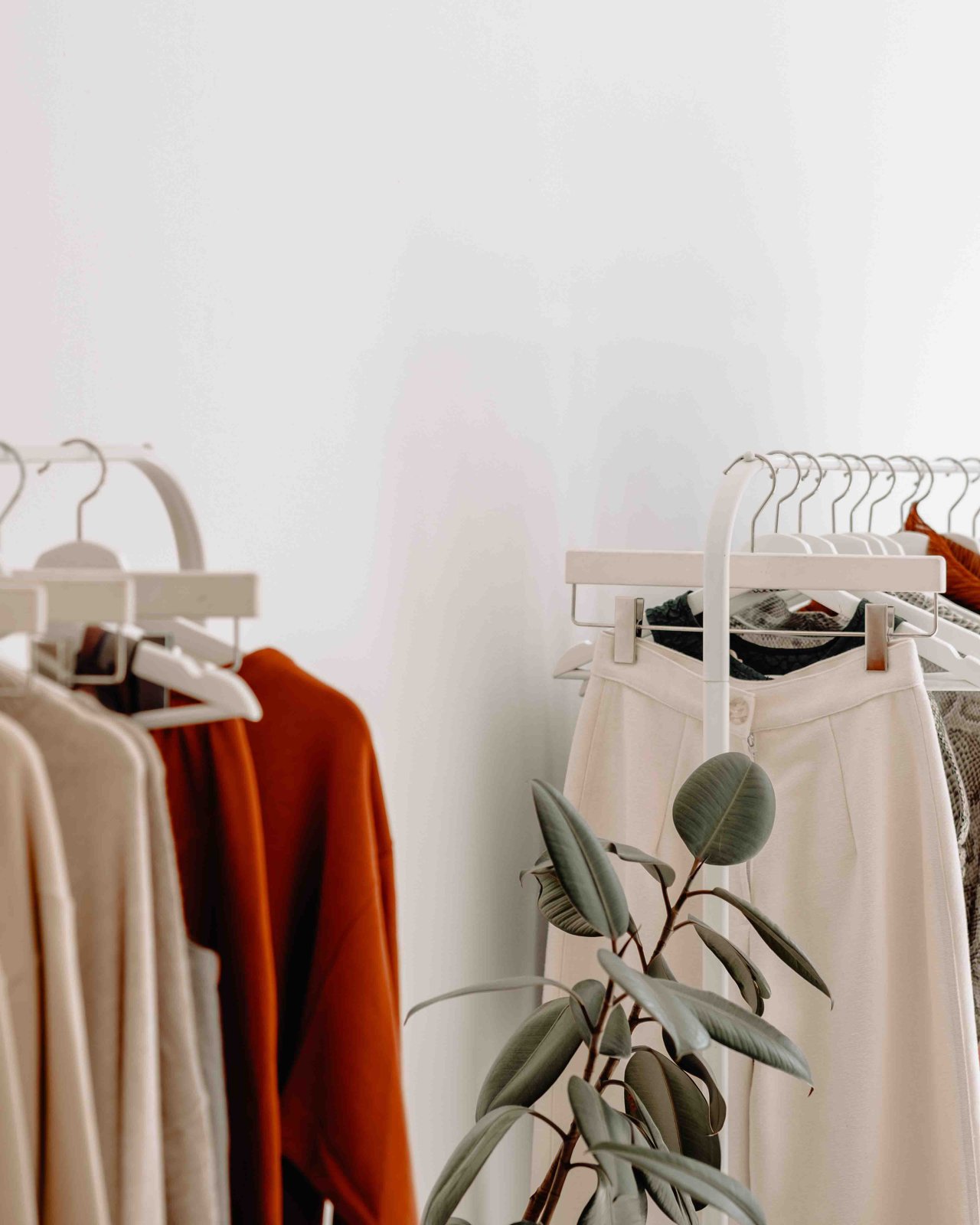
Embracing Sustainability in Fashion Design
As the world becomes more conscious of the environmental and social impacts of our daily lives, the fashion industry is not exempt. Designers are now being called upon to adapt and evolve with these changing demands. This evolution is about more than just being in vogue; it's about being a part of the solution. This comprehensive guide on how to source sustainable fabrics is designed for you, the forward-thinking, eco-conscious fashion designer looking to make a difference.
Demystifying Sustainable Fabrics
Before diving into sourcing sustainable fabrics, it's crucial to understand what we mean by sustainable materials in fashion. Sustainable fabrics are textiles produced in ways that are both environmentally friendly and socially responsible. They aim to reduce waste, pollution, and exploitation in the fashion industry.
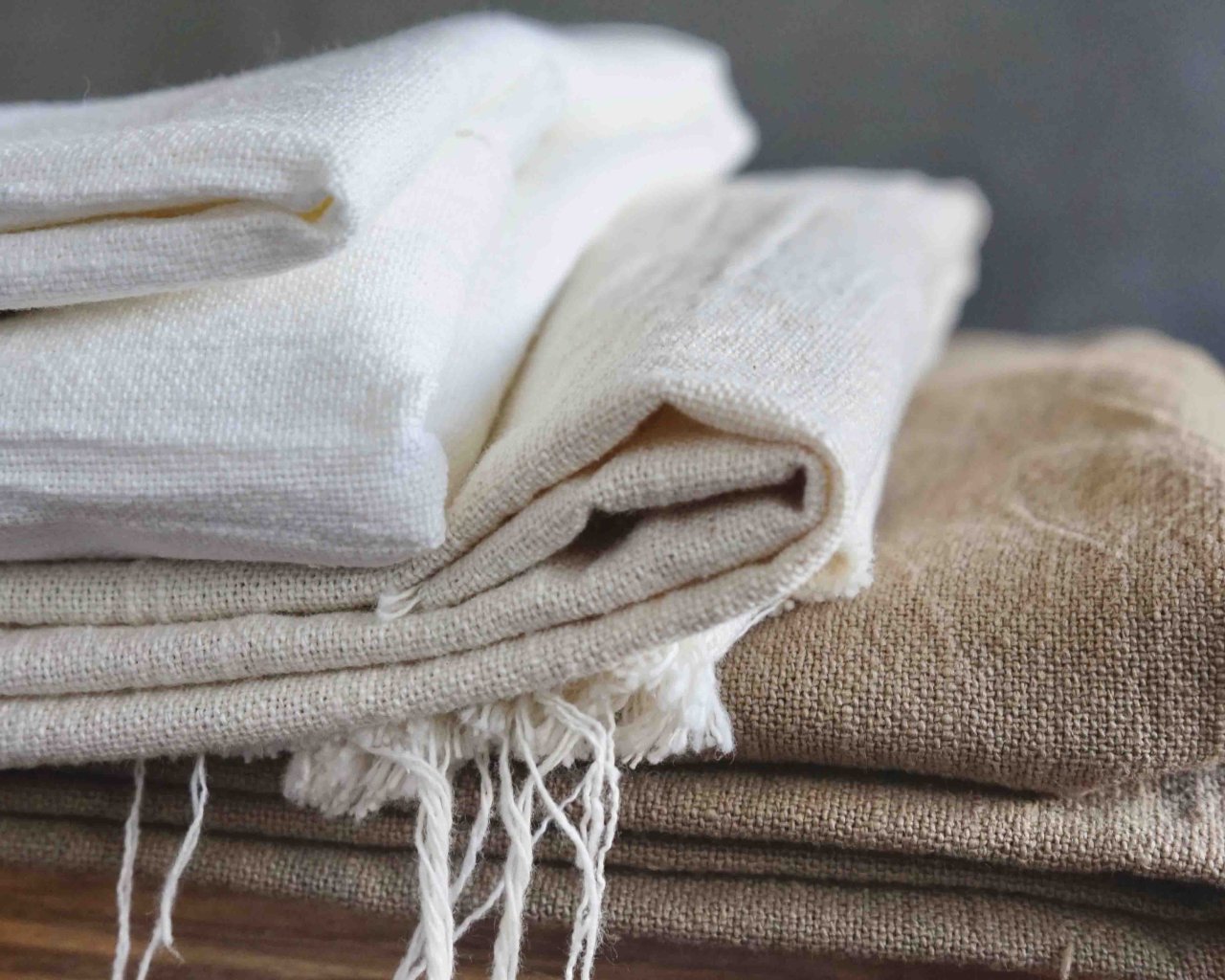
Examples of sustainable fabrics include organic cotton, which is grown without harmful pesticides, and hemp, a crop that requires little water and aids in soil health. Recycled polyester, made from recycled plastic bottles, is another example, turning waste into wearable fashion. By incorporating such sustainable materials into your fashion designs, you're not only reducing your brand's environmental footprint but also increasing your social responsibility.
The Art of Researching Sustainable Fabric Suppliers
Now that you understand what sustainable fabrics are, the next step is finding suppliers who can provide them. This task, though potentially daunting, is a vital part of green fabric sourcing.
Starting your search online can lead to numerous directories and platforms dedicated to sustainable fabric suppliers. These platforms often provide a wealth of information about the fabrics, including their origins, manufacturing processes, and sustainability credentials.
Trade shows focused on sustainable textiles are another excellent resource. These events can provide firsthand insights into the latest developments in sustainable fabrics and allow for direct conversations with suppliers.
Building relationships with fabric mills and manufacturers committed to sustainability is also a wise investment. These relationships can give you a more in-depth understanding of the materials, their production process, and their true impact on the planet and its people.
Evaluating the Sustainability of Fabrics
Finding potential suppliers is just the first step; the next is to evaluate the sustainability of their fabrics. Some key considerations for this evaluation include the fabric's certifications, its environmental impact, and its adherence to social and ethical standards.
Certifications like the Global Organic Textile Standard (GOTS) and OEKO-TEX provide assurance that the fabrics meet certain sustainability standards. These certifications consider factors like water usage, carbon footprint, and chemical usage in the fabric's production process.
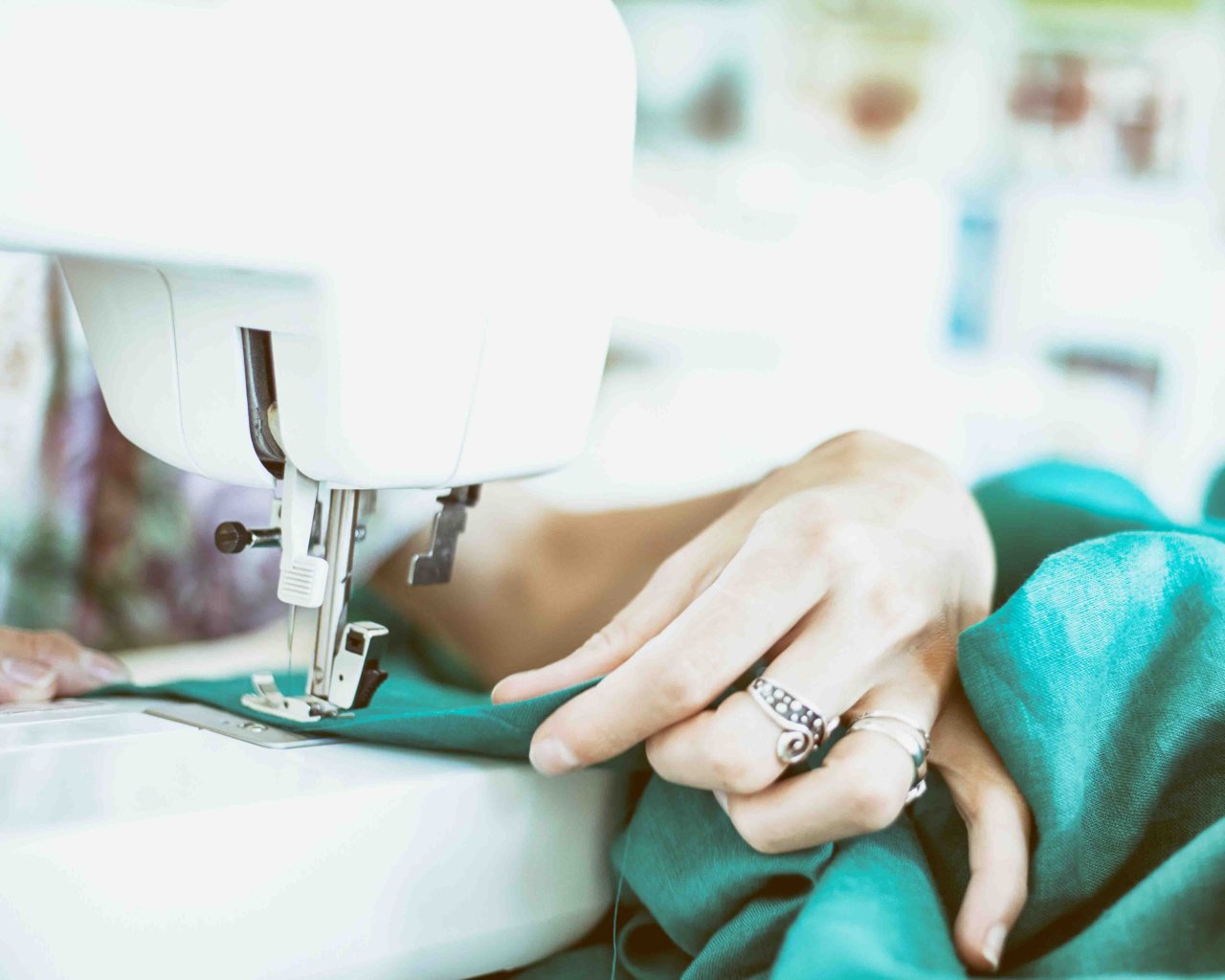
But sustainability isn't just about the environment; it's also about people. Ensuring that the fabrics are produced under fair trade conditions, with respect for workers' rights, and with transparency in the supply chain is equally important.
How to Incorporate Sustainable Fabrics into Your Designs
Incorporating sustainable fabrics into your designs is a responsible and forward-thinking approach to fashion. As the industry evolves, so does the demand for more eco-friendly, ethical, and sustainable fashion choices. Here are some ways you can integrate sustainable fabrics into your designs:
1. Understand Sustainable Fabrics:
The first step is to understand what sustainable fabrics are and how they differ from traditional fabrics. Sustainable fabrics are often made from renewable resources, use less water and energy to produce, and result in less pollution. They can come from recycled materials or organic farming practices. Research various types of sustainable fabrics and their properties, so you can choose the ones that best fit your design needs.
2. Source Responsibly:
When sourcing sustainable fabrics, look for certifications like the Global Organic Textile Standard (GOTS) or the Global Recycle Standard (GRS) to ensure the fabric meets certain environmental and social criteria. It's also important to consider the ethical practices of your suppliers. Are they ensuring fair wages and safe working conditions for their workers? Are they transparent about their manufacturing processes? These are critical questions to ask when choosing suppliers.
3. Design for Longevity:
One principle of sustainable fashion is to design items that will last, reducing the need for fast fashion, which contributes significantly to environmental harm. Consider the durability of the fabrics you're using, and design your pieces to be timeless rather than trend-driven. This approach not only promotes sustainability but also provides value to your customers.
4. Consider End-of-Life:
When incorporating sustainable fabrics into your designs, think about the entire lifecycle of the garment. Can it be easily recycled or composted at the end of its life? Can parts of it be repurposed? Designing with the end in mind can significantly reduce the environmental impact of your products.
5. Educate Your Customers:
Lastly, remember that sustainable fashion is not just about the products you create, but also about educating your customers. Make it a point to communicate the value and benefits of sustainable fabrics to your customers. Explain how their purchase supports environmental and social sustainability, and encourage them to care for their garments in a way that extends their lifespan.
Incorporating sustainable fabrics into your designs is a journey that requires continuous learning and adaptation. As the industry evolves, new sustainable materials and practices will continue to emerge. Staying informed and being willing to innovate can help you stay ahead of the curve and make a positive impact through your designs.
Navigating Challenges and Staying Ahead with Future Trends in Sustainable Fashion
Sourcing sustainable fabrics isn't without its challenges. Issues like higher costs compared to conventional materials, a lack of standardisation in the industry, and limited accessibility for consumers are some of the hurdles to overcome. Currently, there are no universal definitions or standards for sustainable fabric, making it difficult for consumers to discern what they are buying. Additionally, many sustainable fabrics are more expensive than traditional fabrics, making them less accessible to some consumers.
To address these challenges, organisations such as the Global Organic Textile Standard (GOTS) and the Global Recycle Standard (GRS) have developed certification programs that set standards for sustainable textile production. Seeking out GOTS-certified or GRS fabrics can help ensure that the fabric meets certain environmental and social criteria. Furthermore, consumers can make sustainable fabrics more accessible by buying second-hand clothing, investing in high-quality, sustainable pieces, and demanding more sustainable options from retailers.
The Future of Sustainable Fabrics in Fashion
As we navigate these challenges and forge ahead, several future trends in sustainable fashion are worth noting. These trends give us a glimpse into the potential future of sustainable fabrics and how they might be integrated into the fashion industry.
Retailers embracing rental:
As the demand for second-hand clothing grows, major retailers are integrating resale onto their websites and offering customers the opportunity to loan luxury pieces. This trend is expected to continue, with companies exploring more circular business models going forward.
Recycling technologies are scaling up:
Innovators are working to increase the percentage of garments turned into new clothes again. Brands are investing in recycled cellulosic fibres, which are made from 100% textile waste, with hopeful signs that these investments will start to reach the consumer market in earnest.
Moving towards regenerative materials:
Brands are increasingly adopting regenerative fibres, which are produced in a way that's beneficial for ecosystems and improves biodiversity. Scaling these solutions is the next big step, with the aim of making them the new norm in fashion.
A greenwashing crackdown:
There has been a tougher stance on greenwashing, with authorities taking action against vague terms such as "ecodesign" and "conscious". This trend is set to continue, with increased scrutiny on brands to substantiate their green claims with credible data.
Stronger protection for garment workers:
There has been a push for stronger protections for garment workers within the industry. This push is reflected in legislation that addresses human rights issues across supply chains and offers greater protections for garment workers.
Addressing the supply chain:
Climate change is impacting the fashion industry's supply chain, prompting companies to transform the way they work with their supply chain. The goal is to create production systems that are in balance with nature and benefit not only ecosystems but also local communities and individuals.
Sourcing sustainable fabrics is a complex but necessary task for any forward-thinking fashion designer. It requires not just understanding the nature of sustainable fabrics and identifying reliable suppliers but also navigating challenges and staying ahead of future trends. By doing so, fashion designers can contribute to a more sustainable and socially responsible world, where fashion is part of the solution, not the problem.
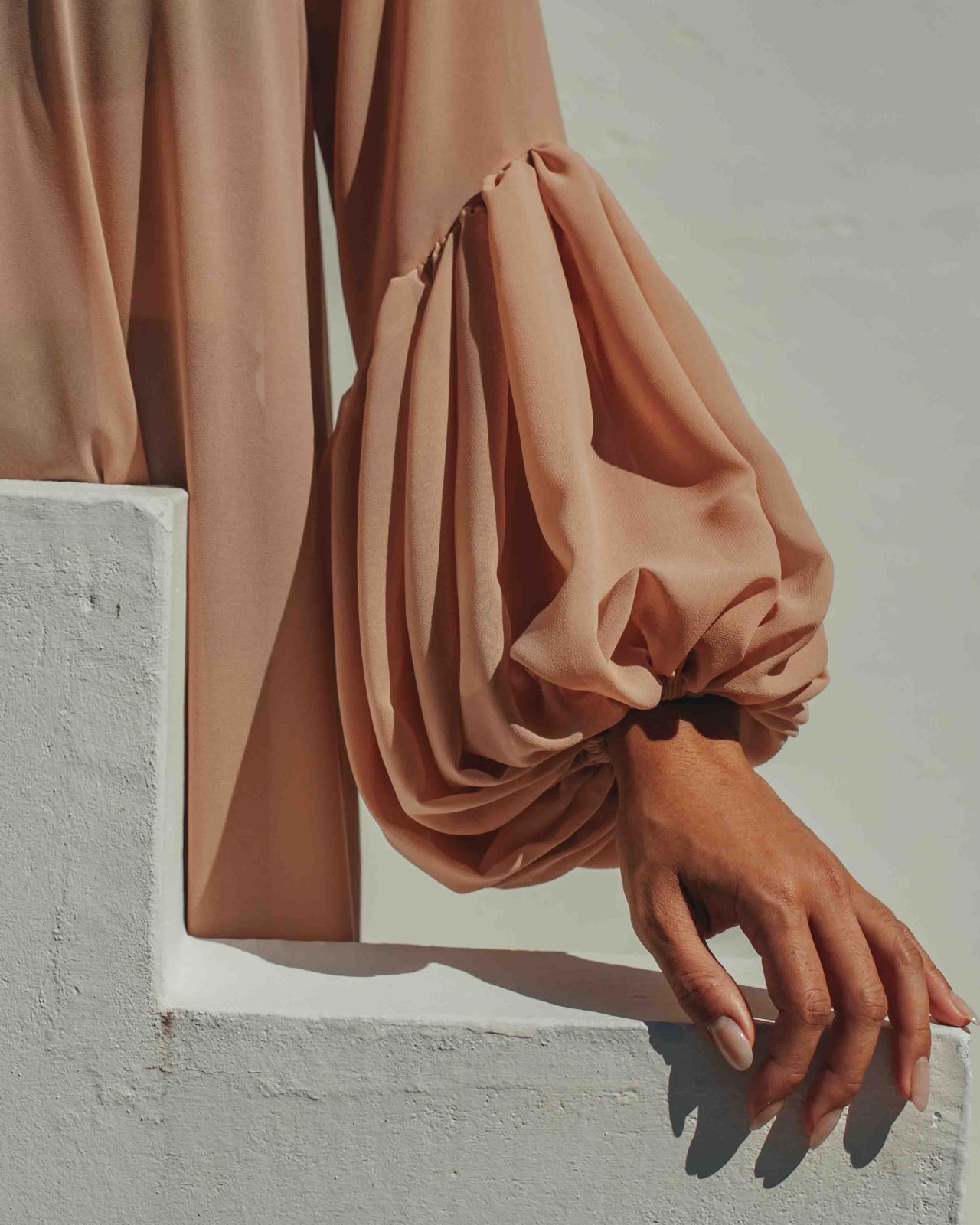
As we've seen, sustainability in fashion design isn't just about being in vogue. It's about embracing a broader vision of what fashion can and should be—a tool for promoting environmental sustainability and social responsibility. When we design with this vision in mind, we're doing more than creating beautiful garments. We're helping to shape a more sustainable and equitable world.




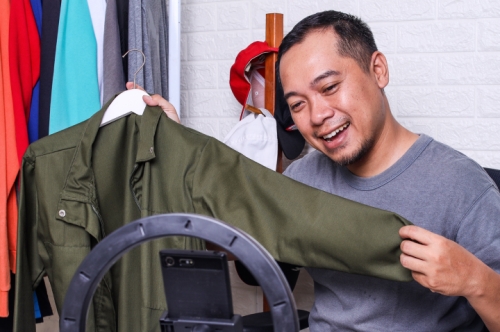
Stacey
Good day I make reusable sanitary pads, nursing pads and reusable make up pads.I do not see any of these types of products on your site. Are these items that can be sold on your site? Kind regards Stacey
8 months ago